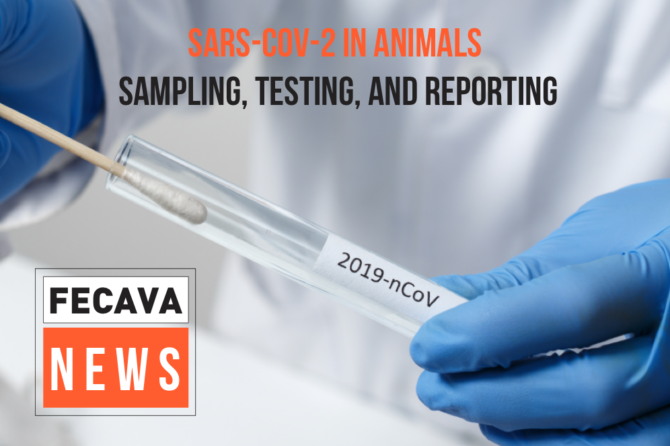
SARS-CoV-2 in Animals – Sampling, Testing, and Reporting
Based on the current scientific knowledge, the main route of transmission of SARS-CoV-2 is human to human. Even though the disease is currently not a notifiable disease in animals, globally small number of cases of naturally infections has occured in animal (domestic cats, lions, tigers and minks).
The infection of animals with SARS-CoV-2 meets the criteria of an emerging disease in accordance with the World Animal Health Organization (OIE) Terrestrial Animal Health Code. Therefore, veterinarians are obliged to report any positive test to OIE.
Based on the current evidence, widespread testing of animals is not recommended and should only be done when all four criteria are met:
- The animal is a Felid, Canid or Mustelid.
AND - it is exhibiting a combination of the following clinical signs as determined by a veterinary professional:
i. respiratory infection
ii. gastrointestinal infection
ii. fever
AND - other common diagnoses have been considered and discounted as determined by a veterinary professional.
AND - the animal has had confirmed contact with a suspect or known human case of COVID-19 within three weeks of developing clinical signs.
Depending on the type of test, samples may include single or combinations of oropharyngeal, nasal, and rectal swabs, and blood is sent to a laboratory which performs a validated test (agent identification and/or detection of immune response).
OIE Technical Factsheet:
INFECTION WITH SARS-COV-2 IN ANIMALS
Aetiology – Epidemiology – Diagnosis – Prevention and Control – References
OIE Considerations for sampling, testing, and reporting of SARS-CoV-2 in animals
Leave a reply

Leave a reply